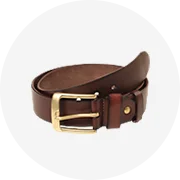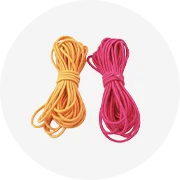Popular na sua indústria


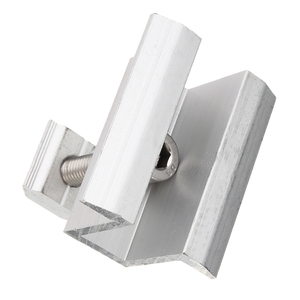






















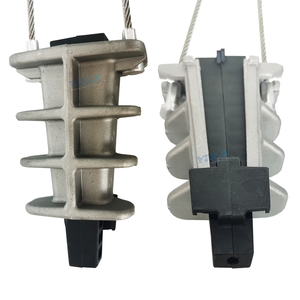









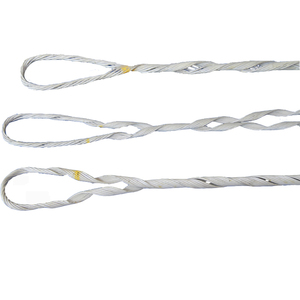










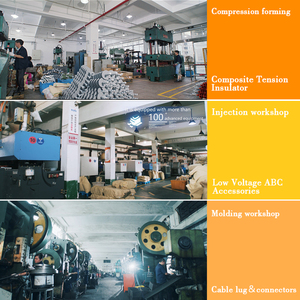







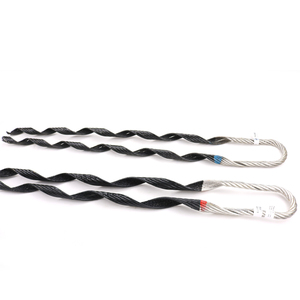



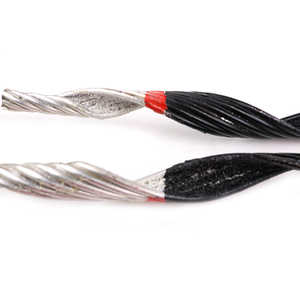
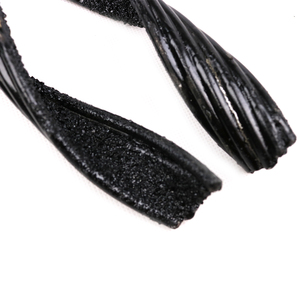
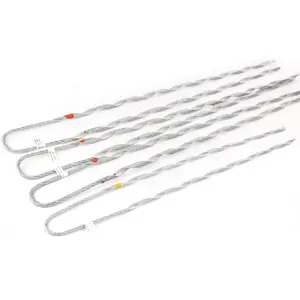





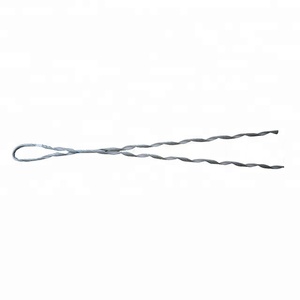


Buscas Relacionadas:
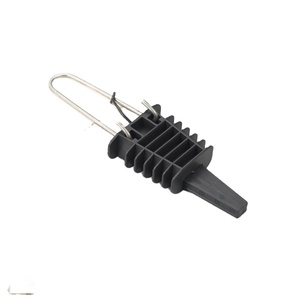

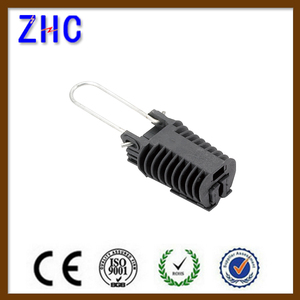







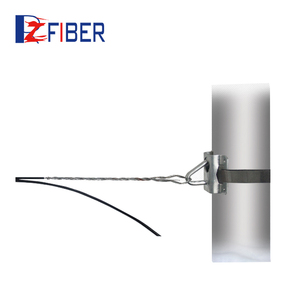

















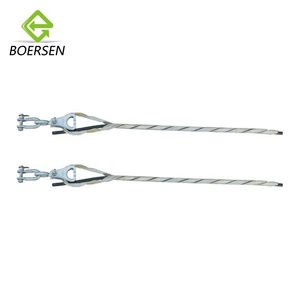



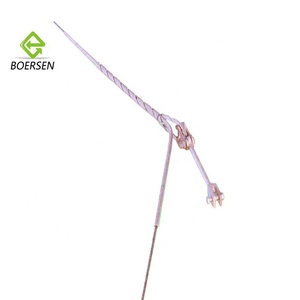



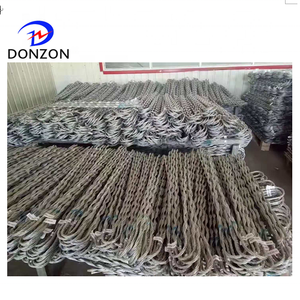

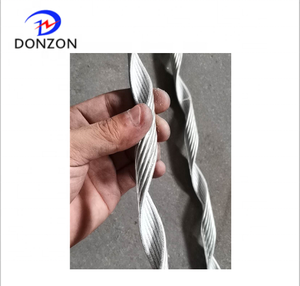






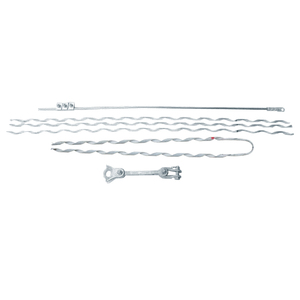

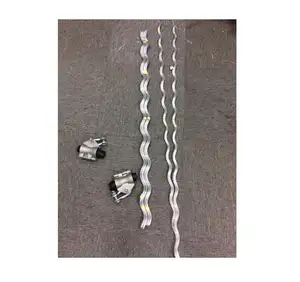
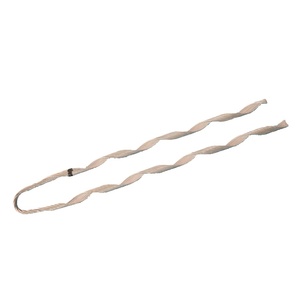
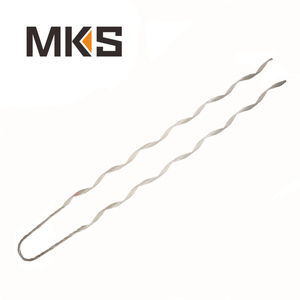
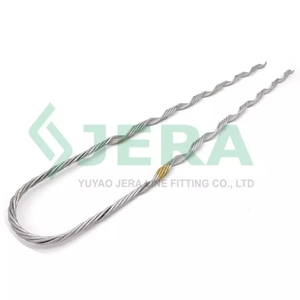





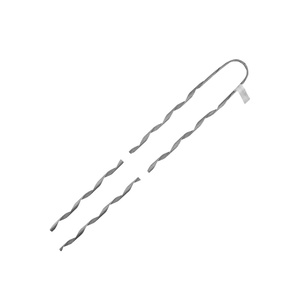













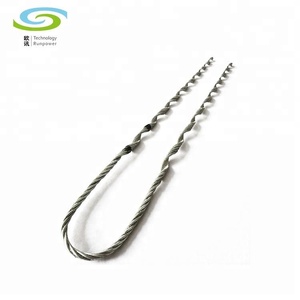

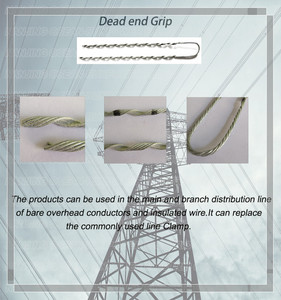


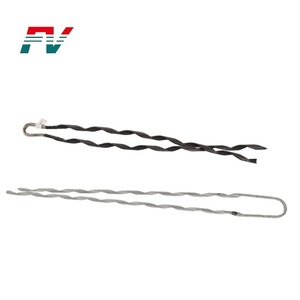
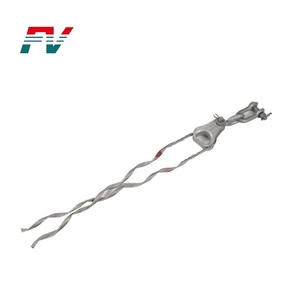

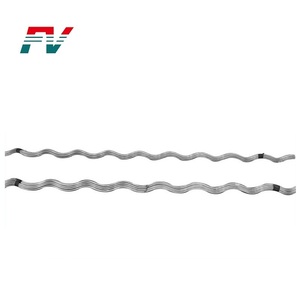



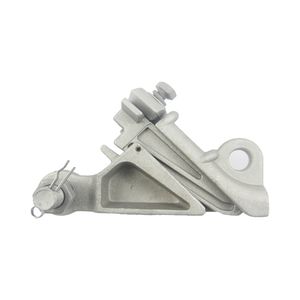

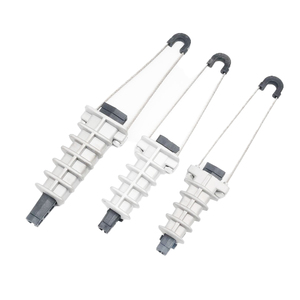




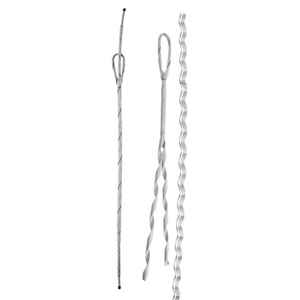






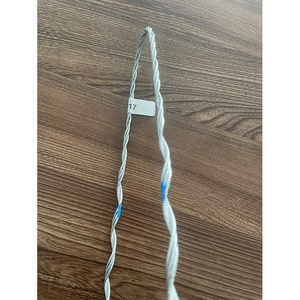

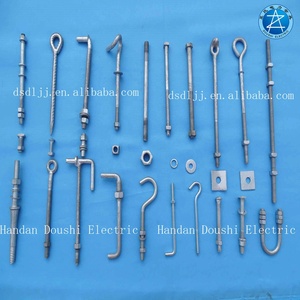

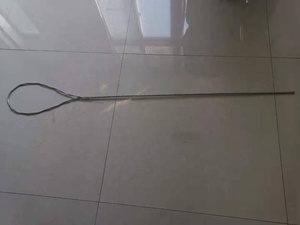


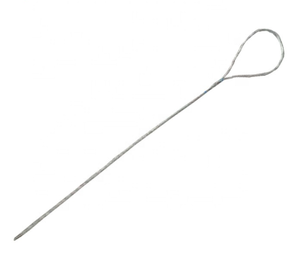












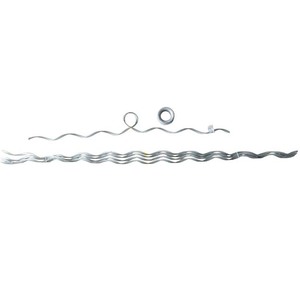
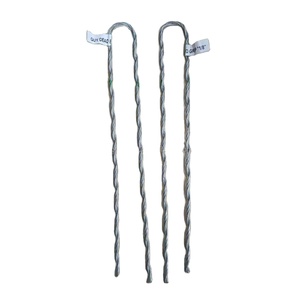

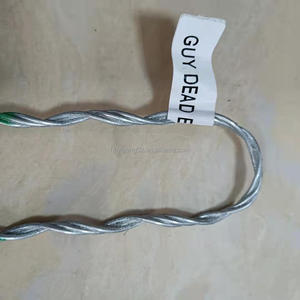







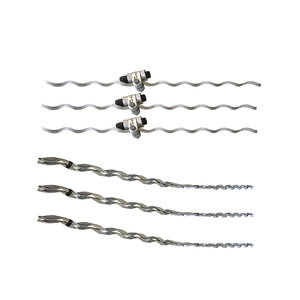
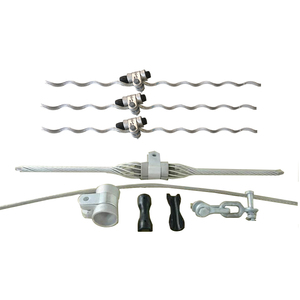






Principais categorias
Sobre braçadeira sem saída pré-formada
Para criar uma peça de moda elegante e bonita, é necessário o material certo, e é por isso que o braçadeira sem saída pré-formada no Alibaba.com tem texturas ricas e vem em uma infinidade de cores. São uma excelente escolha para o vestido perfeito. A extensa seleção de braçadeira sem saída pré-formada significa que várias cores e designs estão disponíveis para o próximo grande projeto.
Ocasiões especiais pedem vestidos especiais. Os braçadeira sem saída pré-formada da Alibaba.com são ideais para fazer um vestido lindo. Crie facilmente um branco com sobreposição de renda para um casamento, ou talvez um vestido com cores mais brilhantes para que a cabeça de todos vire. Algumas seleções são adornadas com strass ou lantejoulas para um visual extra chamativo.
Fazer um lindo vestido é uma arte. Muitos fornecedores braçadeira sem saída pré-formada estão disponíveis para fornecer os padrões e cores perfeitos para uma peça de roupa verdadeiramente única. As pequenas quantidades mínimas de pedido permitem apenas o que é necessário para ser pedido, economizando dinheiro e aborrecimento. No entanto, a economia em massa também está disponível para quem precisa de um pedido grande.
Escolher o lindo braçadeira sem saída pré-formada no Alibaba.com é o começo certo para a criação de um vestido glamoroso. O grande número de opções de cores, padrões e materiais oferece muitas opções em relação a estilo e conforto. Faça um vestido que será o destaque de qualquer evento. A capacidade de comprar apenas as quantidades de materiais necessárias oferece qualidade com qualquer orçamento, e fornecedores confiáveis oferecem tranquilidade em cada compra.





















